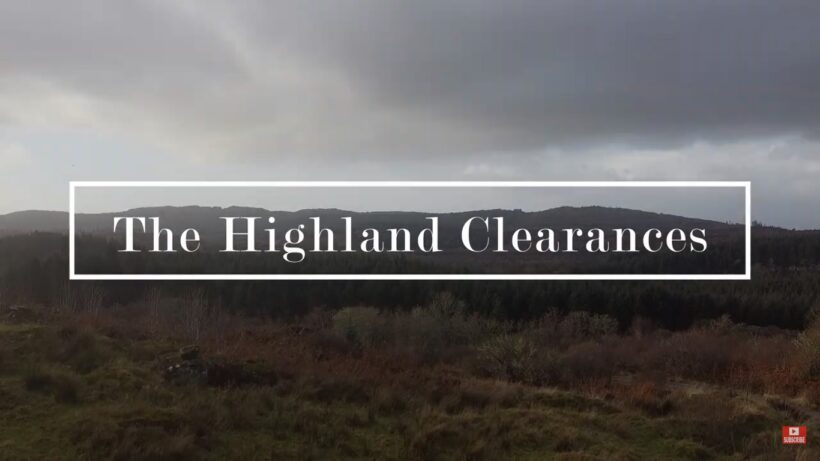As the forces of uniformity, conformity and homogeneity spread inexorably towards a society in which everyone tends to look the same, eat the same thing, listen to the same music and receive the same sources of news and information, pushback from communities that are witnessing their culture and languages disappearing is leading to an interesting renaissance in many parts of the world. As one of the tasks on our Nonviolent Journalism course last year, Kat Knak-Watt looked into the history of Scottish Gaelic in Scotland and the murderous attempts to wipe out the communities that spoke it.
This short documentary delves into the tragic history of the Highland Clearances of Scotland throughout the 17-1800s, whereby Highlanders were forced from their homes by wealthy landowners. The result, besides mass Scottish migration to the USA, Canada, Australia, and New Zealand, was the diminishing of Gaelic culture.
In the 1980s, however, a revival began – The Scottish Gaelic Renaissance.
As the Gaelic language became recognized as an endangered language in Scotland, a heightened consciousness of the potential loss of culture developed. Different languages and cultures hold different ways of looking at the world – perspectives that make up the richness of humanity.
Gaelic culture places particular value on the arts of music, dance, storytelling, and craftsmanship. It is also a community-based culture, that prioritises close knit ties between family and neighbours. Language is the knot that ties community together, so if Scottish Gaelic is lost, there is also a risk of losing the Gaelic way of seeing the world, and the creative expressions that accompany it.










